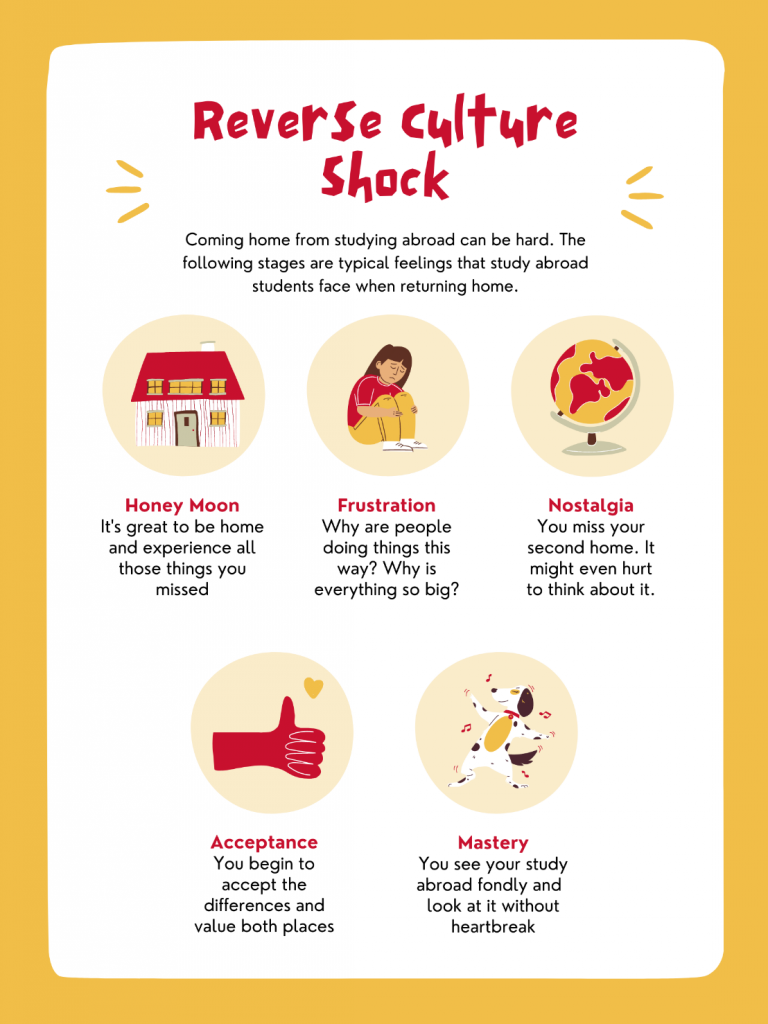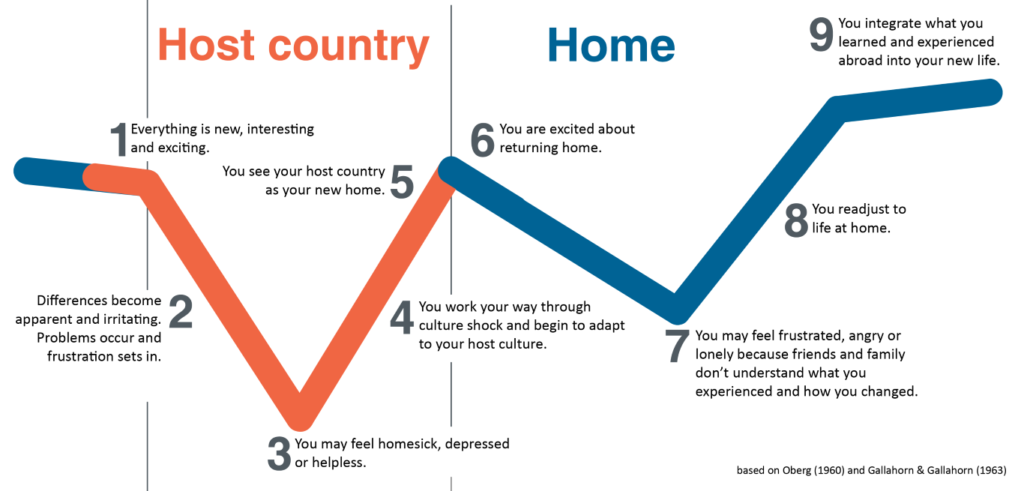Returning To Campus
- Employment: The LAS Study Abroad Office offers Student Ambassador positions where you can consult interested students and develop recruitment materials for programs. Inquire about ambassador positions at lasstudyabroad@iastate.edu.
- Clubs: Some clubs on campus have an international focus where students may have similar interests as you. ISU clubs that we know about include WLC language clubs, ISSO English Conversation partners, OXFAM, International Student Council, Engineers without Borders (they always look for anthropologists and linguists), and many more!
- Blogging: If you’re really just looking to talk about your experience, the LAS Study Abroad Office would love for you to share your stories and photos that we would post on our website or social media. Some travel websites also look for freelance bloggers to talk about their experiences abroad. Send us your photos and stories to lasstudyabroad@iastate.edu.
- WLC 491: a 1-credit Pass/Fail course open to all ISU students who have returned from study/internship abroad. Students will learn how to highlight their study abroad experience for job searching as well as connect with other students who have returned from abroad. This is a Spring course only.
- Restlessness
- Rootlessness
- Boredom
- Depression
- Uncertainty
- Confusion
- Isolation
- Wanting to be alone
- “Reverse homesickness”


